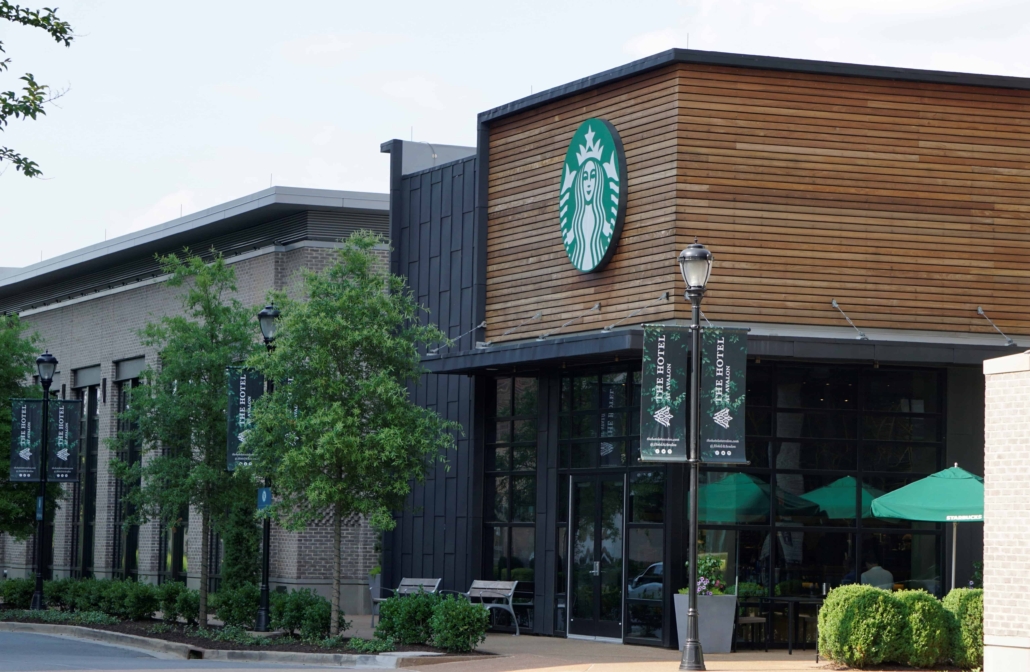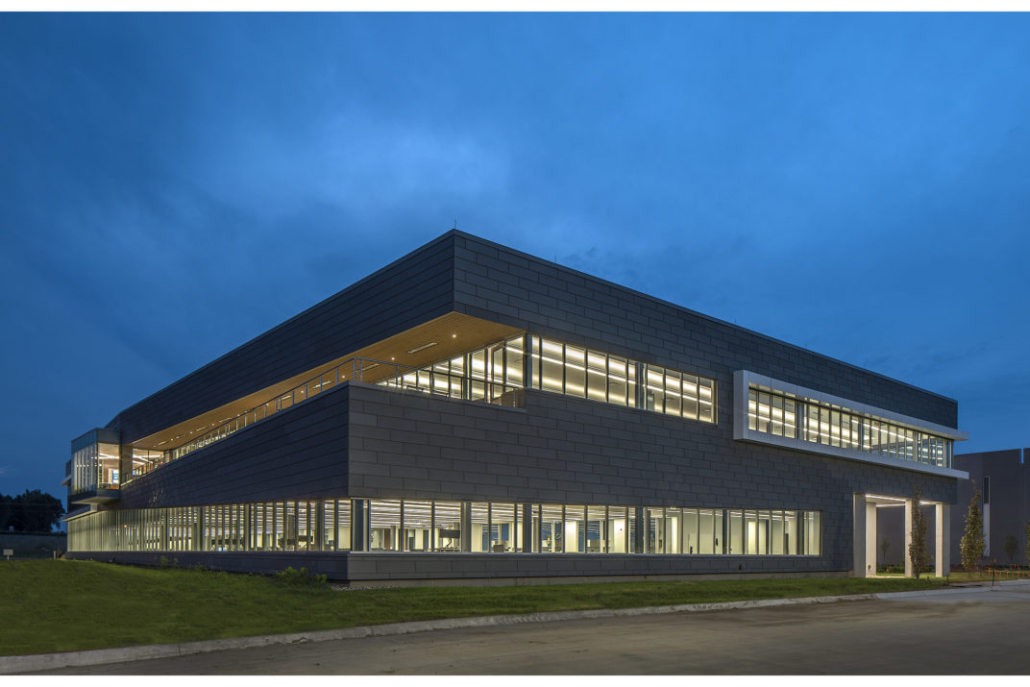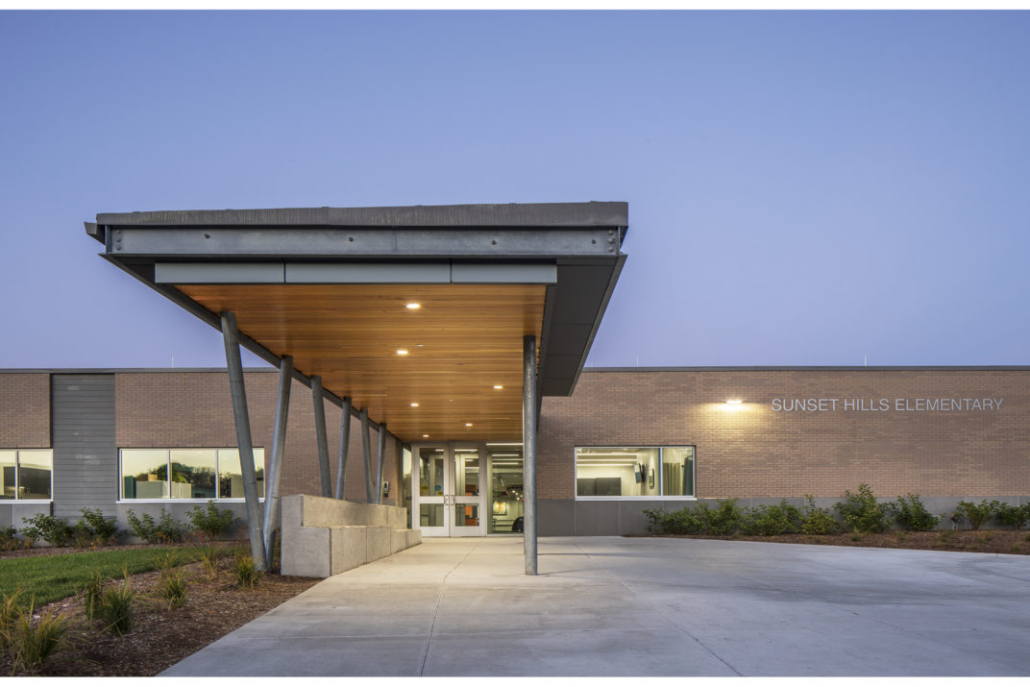Zinc Cladding
Is Zinc Cladding right for your next project?
Zinc is an excellent design option for facades, roofing, and cladding. Its life expectancy and ability to resist weathering are only a few of the benefits of this metal that is increasing the popularity of zinc cladding in architecture. Depending on the environment, the average life expectancy of a zinc roof is around 100 years while a wall can last as long as 150 years.
How? Due to zinc’s patina, it is able to combat corrosion. When it is exposed to the everyday weathering process, a protective layer begins to form on the surface. This prevents the corrosion process that steel experiences. As a plus, the resulting zinc-carbonate layer creates a beautiful patina for a very desirable appearance in architecture.
What makes zinc especially valued is its ability to heal itself. When scratched or scuffed, zinc undergoes the process of re-patinating, through exposure to the elements, to match the metal around it— and any marks disappear. Zinc cladding is a low-maintenance option reducing the need for touch-up paint or edge coatings as the patination process will take over.
Zinc facades and cladding are paving the way for the new architecture. Due to its manufacturability, cladding is almost always used stylistically, which is why architectural zinc offers a variety of styles. Since zinc is a very soft and pliable metal, it can be formed into any project’s desirable shape with ease. This characteristic is just one of the many reasons why zinc is so popular in unique architectural applications. Here at MetalTech Global, we have a wide range of shapes and curves enabling many different aesthetic effects and applications. We work with you to create what you’re looking for, including special finishes and perforation techniques you won’t find anywhere else. We are cost-effective while still holding design versatility.
For inquiries and sales, contact us at 770.486.8825 to learn more.
Looking for a more in-depth article about the benefits of zinc cladding, check out our article.



